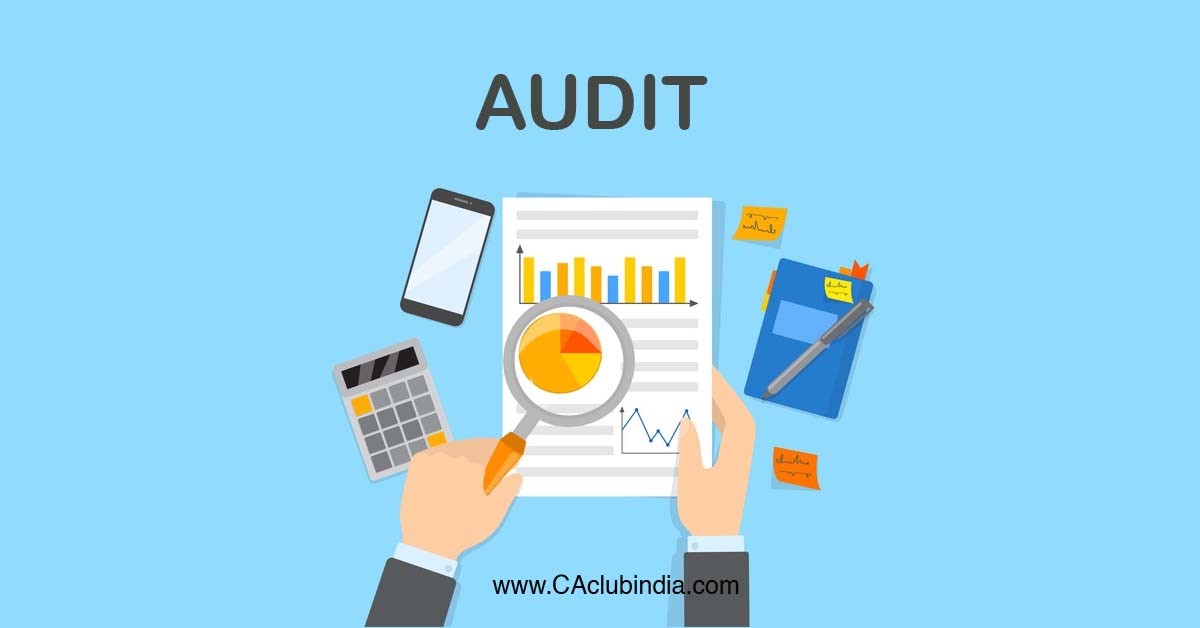Introduction
Auditing a listed entity is a crucial process that ensures transparency, accuracy, and reliability of financial information, thereby maintaining investor confidence and market integrity. Conducting a successful audit requires careful planning, adherence to regulatory standards, and effective communication with the client.
In this article, we will discuss the step-by-step process of initiating an audit of a listed entity.
1. Understanding Regulatory Requirements
Before commencing the audit, auditors must familiarize themselves with the regulatory requirements applicable to the listed entity. This includes understanding the reporting standards (e.g., International Financial Reporting Standards - IFRS), industry-specific regulations, and any other legal obligations.

2. Engagement Planning
The audit engagement planning is a critical phase where auditors define the scope, objectives, and timeline of the audit. This involves understanding the business environment, identifying key risk areas, and determining the materiality thresholds. The planning phase also includes assembling a skilled audit team, assigning responsibilities, and establishing communication channels.
3. Risk Assessment
Conducting a thorough risk assessment is essential to identify potential risks that may impact the financial statements. This involves evaluating the internal control systems, assessing the risk of fraud, and understanding the industry and economic factors affecting the entity.
4. Preliminary Analytical Procedures
Before diving into detailed testing, auditors perform preliminary analytical procedures to identify any unusual trends or fluctuations in the financial data. This step helps auditors gain insights into the business and focus on areas that require further investigation.
5. Materiality and Planning Materiality
Determining materiality is crucial in planning the audit. Materiality is the magnitude of an omission or misstatement in the financial statements that, in the auditor's professional judgment, makes it probable that the economic decisions of a reasonable person would be affected. Planning materiality is then used to assess the significance of misstatements in individual accounts.
6. Documentation
Auditors are required to maintain comprehensive documentation of their work. This includes documenting the understanding of the client's business, risk assessments, audit procedures performed, and evidence obtained. Proper documentation is essential for quality control, peer review, and regulatory compliance.
7. Audit Procedures
Based on the risk assessment, auditors design and perform substantive audit procedures. This may include testing the accuracy and completeness of transactions, verifying account balances, and confirming information with third parties. Auditors must also assess the effectiveness of internal controls over financial reporting.
8. Communication with Management
Throughout the audit process, auditors maintain open and transparent communication with the management of the listed entity. This includes discussing preliminary findings, addressing any concerns, and obtaining necessary clarifications.
9. Audit Reporting
After completing the audit procedures, the auditor prepares the audit report. The report includes the auditor's opinion on the fairness of the financial statements and any identified material misstatements. The report is a critical document that stakeholders, including investors, rely on for decision-making.
10. Post-Audit Review and Continuous Improvement
After the audit is concluded, there should be a post-audit review to assess the effectiveness of the audit process. This involves evaluating the audit team's performance, identifying areas for improvement, and implementing changes to enhance future audit engagements.
Conclusion
Initiating an audit of a listed entity requires careful planning, meticulous execution, and adherence to professional standards. By following a systematic approach, auditors can ensure the integrity of financial information, protect investor interests, and contribute to the overall stability of the financial markets. Constant vigilance, effective communication, and a commitment to continuous improvement are key elements in the success of an audit engagement.








 CAclubindia
CAclubindia
